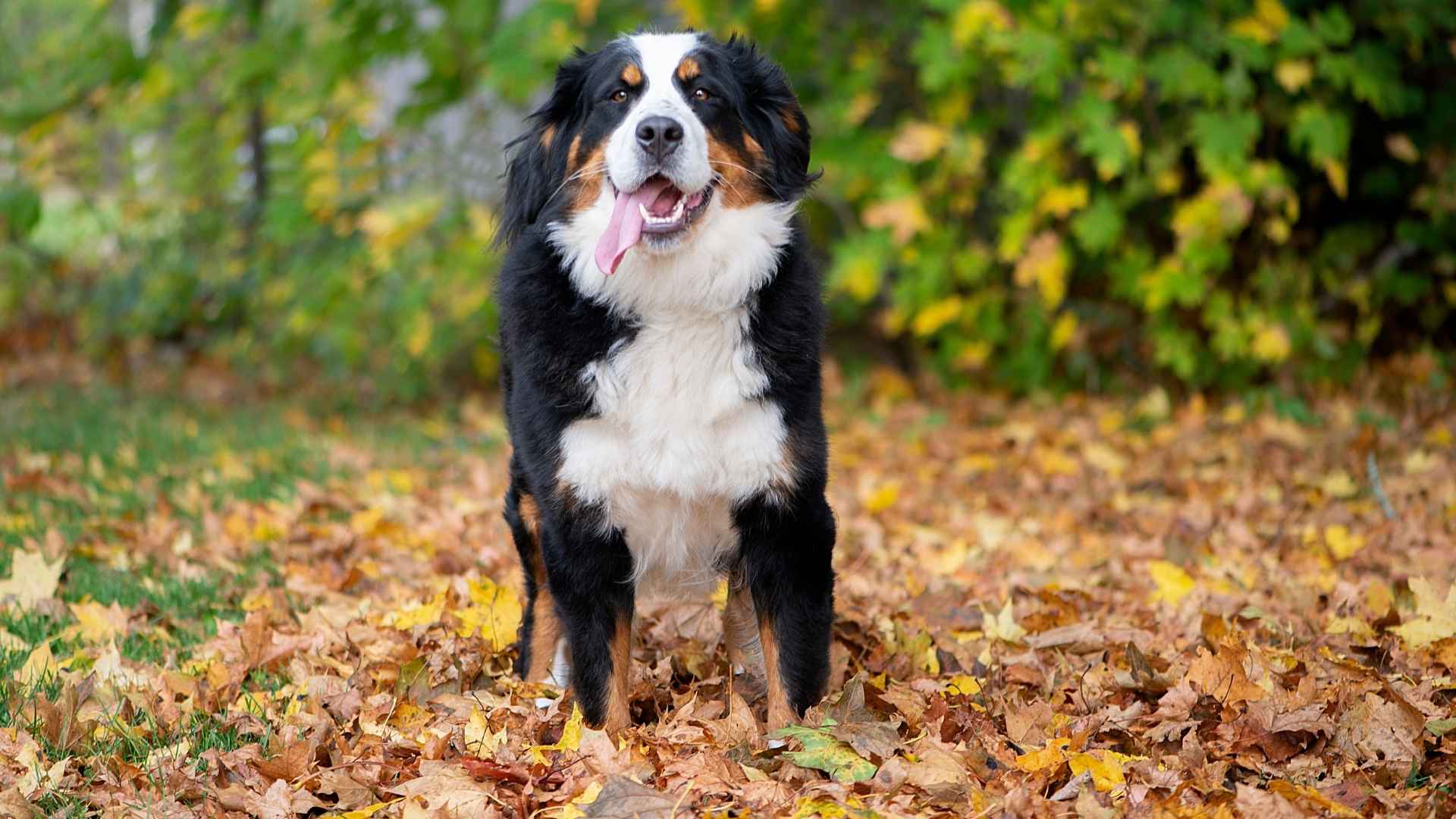Labrador Retrievers are one of the most beloved dog breeds in the world, and for good reason. Their friendly nature, intelligence, and loyalty make them exceptional companions. But did you know that several other breeds share a striking resemblance to Labs? Whether you’re looking for a dog with similar looks but a slightly different personality or just love the Lab aesthetic, there are plenty of options to explore.
From working retrievers to designer hybrids, many breeds possess Lab-like features but bring their own unique qualities to the table. Some may have wavy coats, different colors, or even distinct working abilities that set them apart while maintaining that classic Lab charm.
In this guide, we’ll introduce you to eight wonderful breeds that resemble Labs in appearance but may have different energy levels, coat types, and temperaments. Let’s dive into the world of Lab lookalikes and find your perfect furry friend.
Dog Breeds That Look Like Labs
1. Bassador
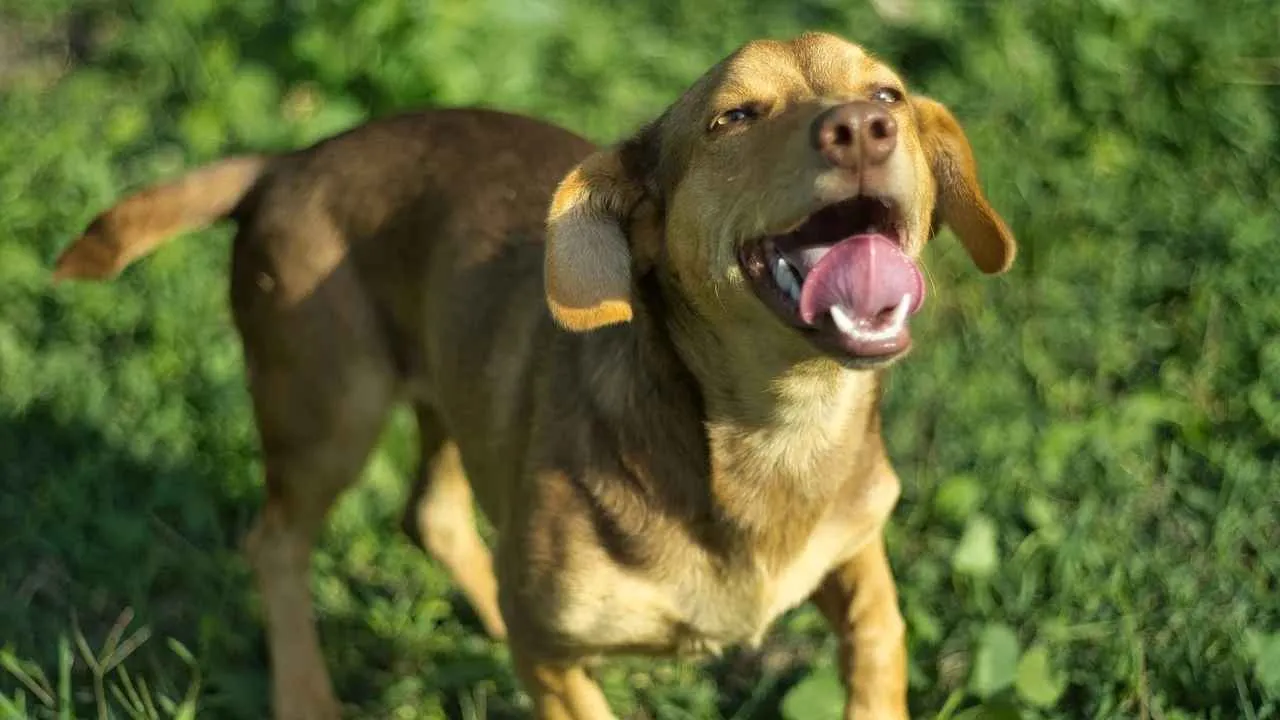
What do you get when you mix a Labrador Retriever with a Basset Hound? A Bassador!
This adorable hybrid combines the best of both breeds—Labrador friendliness with Basset Hound stubbornness. With their Lab-like face and short, sturdy legs, they have a unique appearance that makes them stand out while still giving off Lab vibes.
One of the biggest differences between a Bassador and a purebred Lab is their energy level. While Labs are known for their boundless enthusiasm, Bassadors tend to be a bit more laid-back, thanks to their Basset Hound genes.
They still enjoy playtime and outdoor adventures, but they’re likelier to lounge around after a walk rather than demand endless fetch sessions.
They also inherit a keen sense of smell from their Basset Hound lineage. PetMD says its parent breed has a great smelling sense!
This makes them excellent scent trackers, and they love engaging in activities that stimulate their noses. Whether it’s sniffing out hidden treats or exploring new scents on a walk, a Bassador will always have its nose to the ground.
Due to their independent nature, training a Bassador requires patience and consistency. They respond well to positive reinforcement, but owners should expect some stubborn moments. Early socialization is key to ensuring they grow into well-mannered and sociable dogs.
2. Chesapeake Bay Retriever
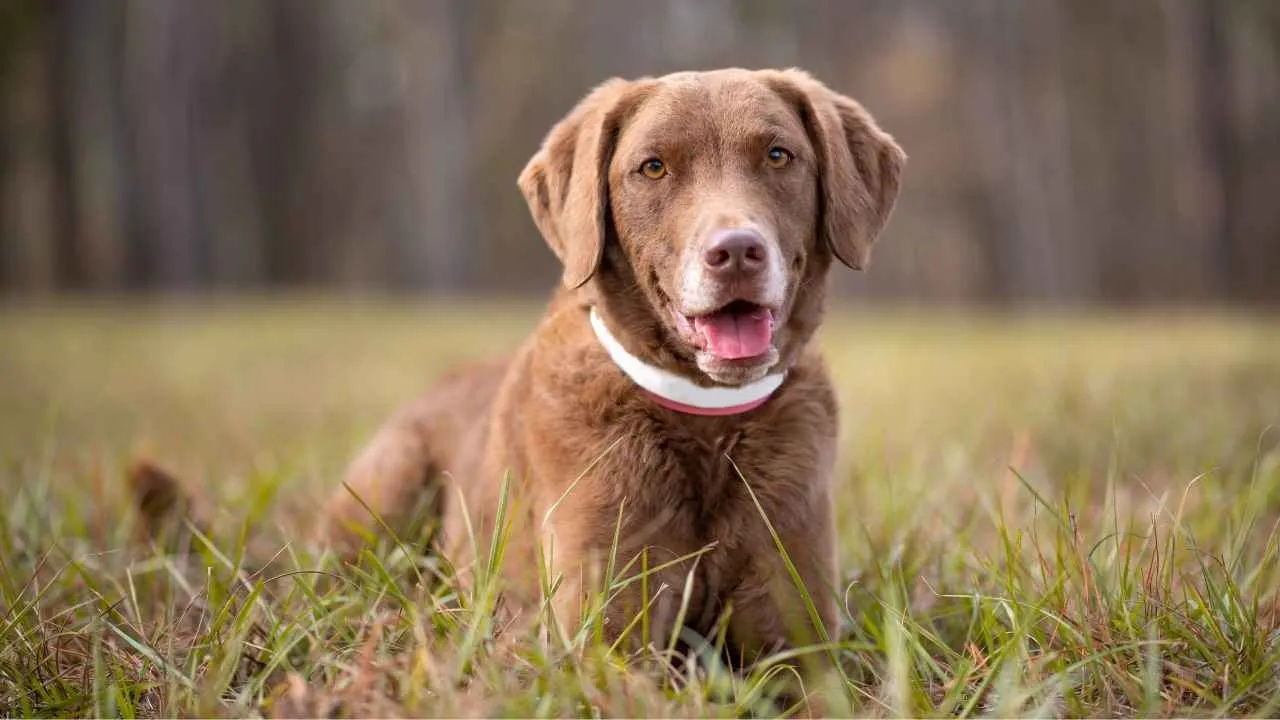
At first glance, the Chesapeake Bay Retriever, or Chessie, might seem like a Lab with a slightly wavier coat. However, these dogs have a personality all their own. Bred for retrieving waterfowl in the icy waters of the Chesapeake Bay, they are incredibly tough, resilient, and independent thinkers.
One key difference between Labs and Chessies is temperament. While Labs are social butterflies that love meeting new people, Chessies are more reserved and protective, as per AKC. They are deeply loyal to their families but can be wary of strangers, making them excellent watchdogs and hunting companions.
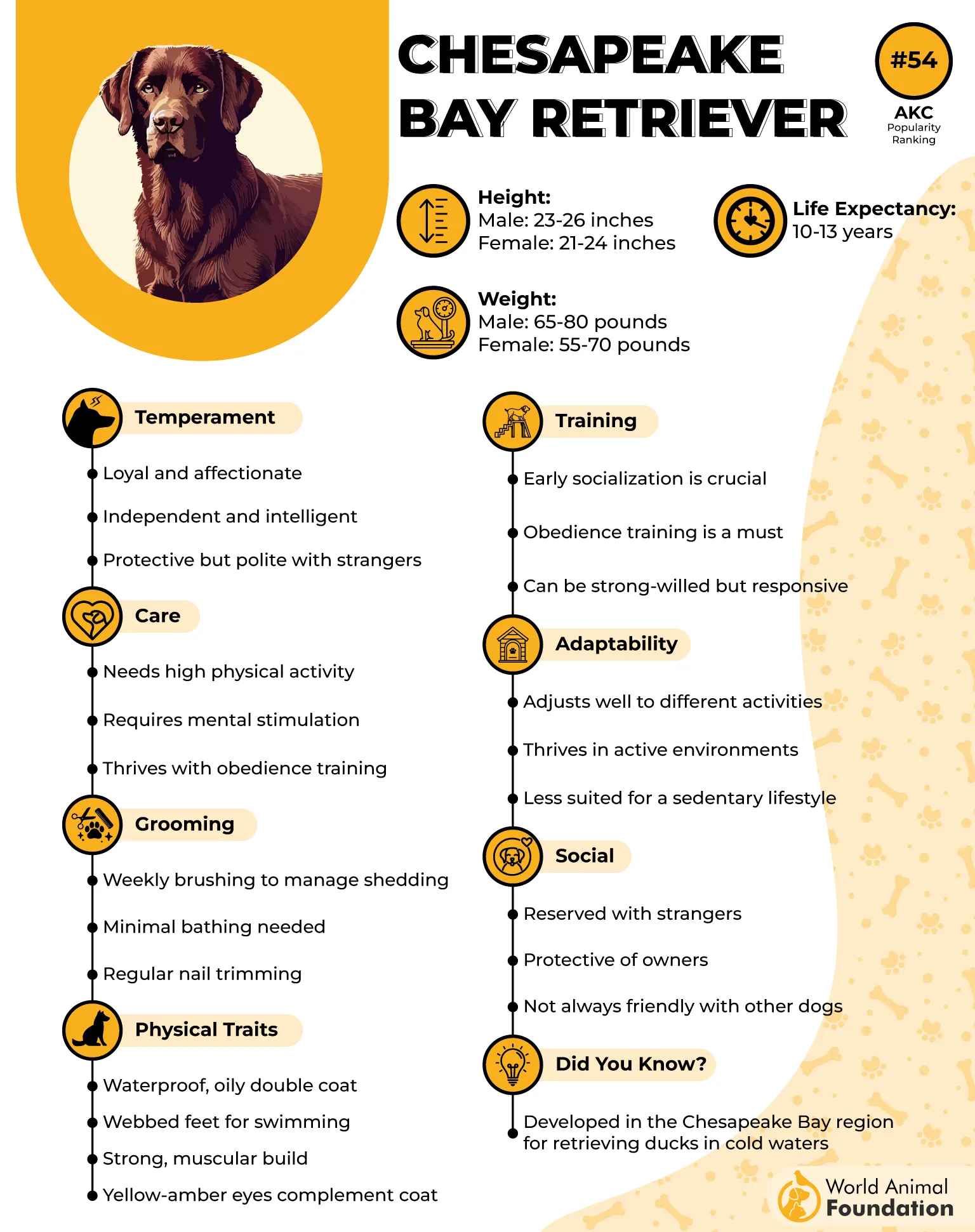
Chessies also require firm training and early socialization.
Their intelligence and work ethic are unmatched, but they thrive best with experienced owners who can provide structure. If you love the Lab look but want a more independent, protective companion, the Chesapeake Bay Retriever could be a great fit.
In addition to their protective nature, Chessies have a strong work drive. They excel in dog sports such as dock diving, agility, and obedience competitions. Their webbed feet and waterproof coats make them natural swimmers, and they love spending time in the water.
3. Curly-Coated Retriever
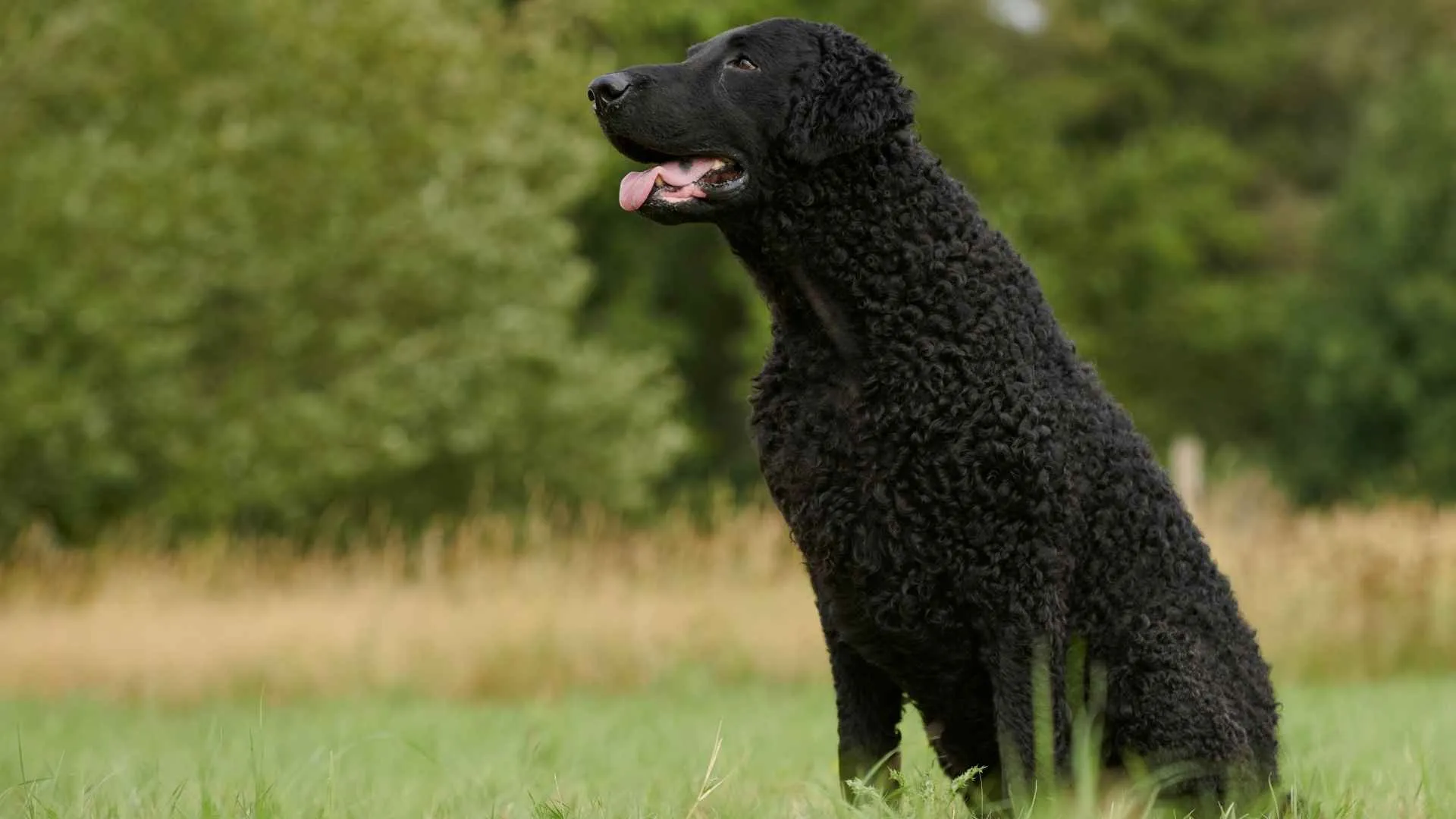
Think of a Labrador Retriever with a perm, and you’ve got the Curly-Coated Retriever! This breed shares the same athletic build and love for retrieving as Labs but stands out due to its unique curly coat. These tight curls give them excellent water resistance, making them fantastic working dogs for hunters and outdoor enthusiasts.
Curly-coated retrievers are incredibly smart and independent. While Labs are eager to please, Curlies tend to be more self-reliant, meaning they need an owner who understands how to train them effectively. They form strong bonds with their families but aren’t overly clingy or needy.
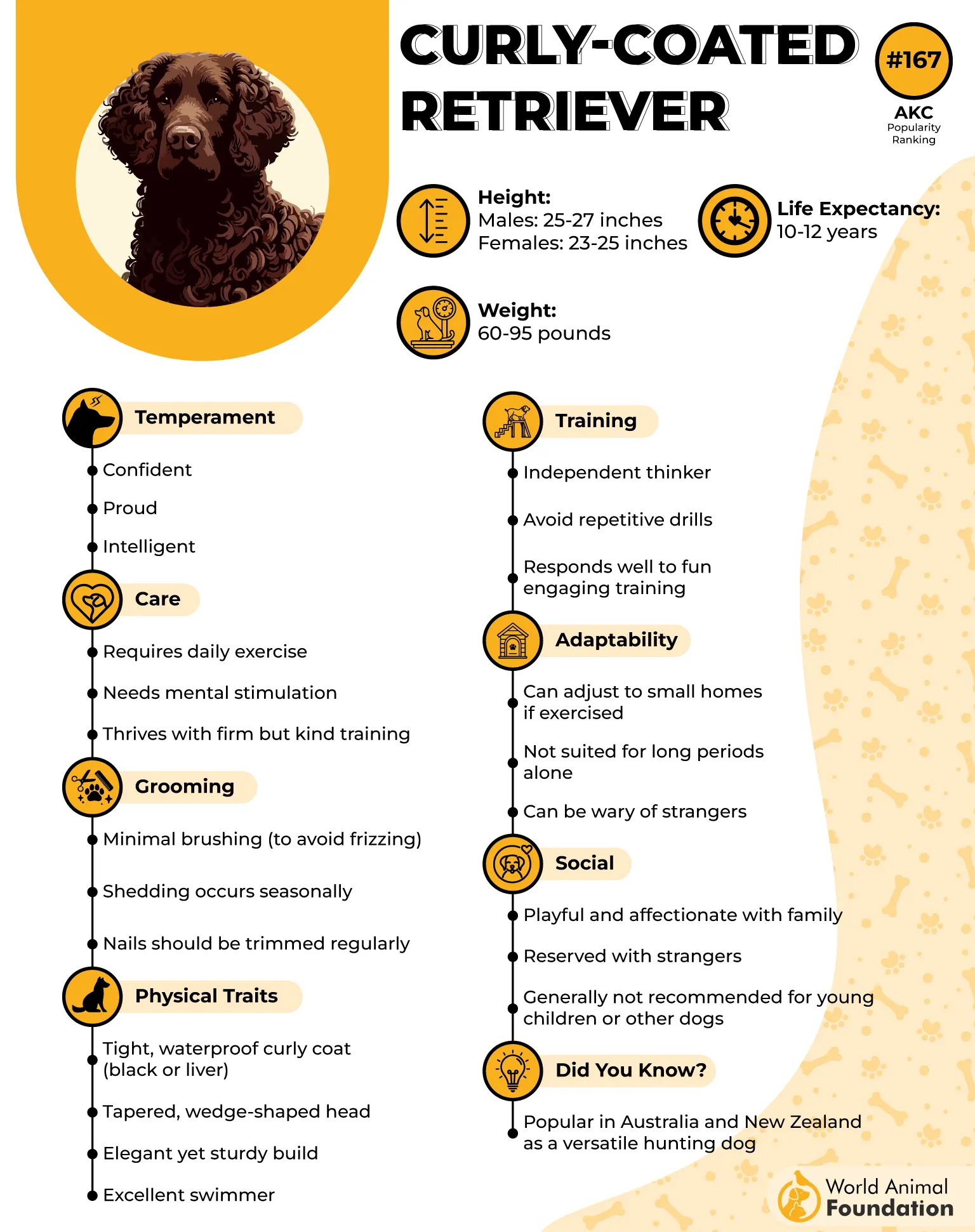
One interesting trait of Curlies is their reserved nature with strangers. Unlike Labs, which are instantly friendly with everyone, Curlies take their time warming up to new people. However, once they form a bond, they are deeply loyal and affectionate.
Their coat, while unique, is also functional. It provides insulation and protection in cold water, making them ideal for retrieving in harsh conditions. Their grooming needs are minimal compared to other curly-coated breeds, requiring occasional brushing to prevent matting.
4. Huskador
A mix between a Labrador Retriever and a Siberian Husky, the Huskador is a high-energy, adventurous dog that possesses some of the Lab’s best qualities while inheriting the Husky’s striking looks and endurance.
With their Lab-like faces and Husky markings, they are one of the most eye-catching Lab lookalikes out there.
Unlike Labs, which are known for their obedience and eagerness to please, as per VCA Hospitals, Huskadors inherit the Husky’s independent streak. This means they require patient and consistent training. They are intelligent but can sometimes have a mischievous side, making them better suited for experienced dog owners.
Their curiosity and intelligence make them quick learners, but they can also be stubborn if training isn’t engaging enough.
One major difference between Huskadors and Labs is their endurance.
While Labs have high energy, Huskadors take it to the next level with an almost boundless need for exercise. If you’re an outdoor enthusiast, this breed will thrive alongside you. Whether hiking, running, or playing in the snow, a Huskador loves an active lifestyle. They can become destructive out of boredom without sufficient physical and mental stimulation.
Another factor to consider is their vocal nature. Huskadors often inherit the Husky’s love for howling, which can be entertaining but may not be ideal for those living in apartments or noise-sensitive areas.
5. Sheprador
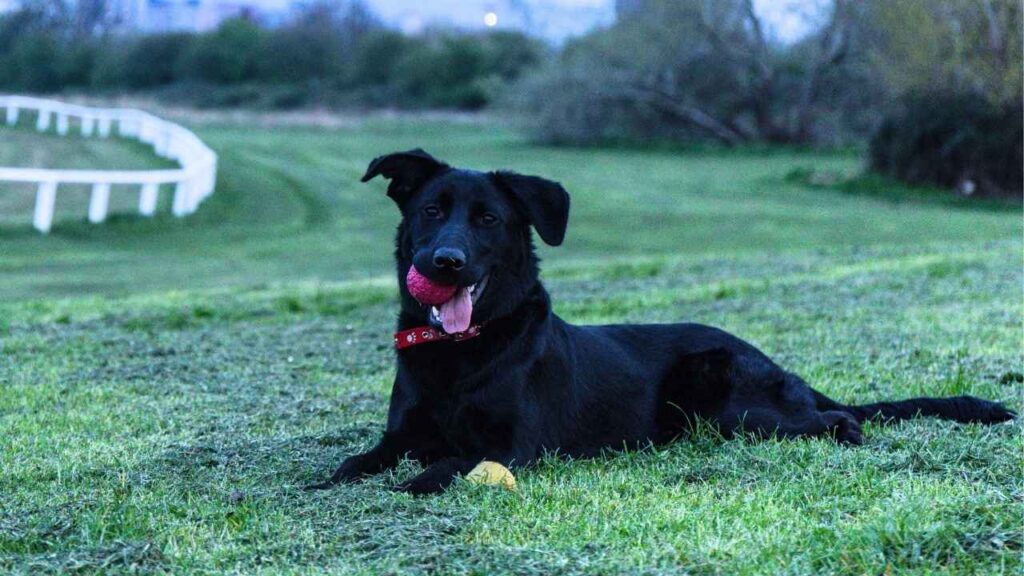
A Sheprador, a cross between a Labrador Retriever and a German Shepherd, is an intelligent, loyal, and hardworking dog that brings together the best of both breeds. With their Labrador-like build and the sharp, alert expression of a German Shepherd, these dogs are not only striking in appearance but also highly trainable and eager to please.
Shepradors tend to be highly trainable, making them excellent working dogs, whether as service animals, search-and-rescue dogs, or police K9s. Their intelligence and loyalty make them quick learners, and they thrive on having a job to do.
Whether it’s learning tricks, participating in agility training, or working alongside their owners, they excel when given structure and purpose.
Because of their protective instincts, they require early socialization to ensure they grow into well-mannered, friendly dogs. They can be wary of strangers but are incredibly affectionate and gentle with their families.
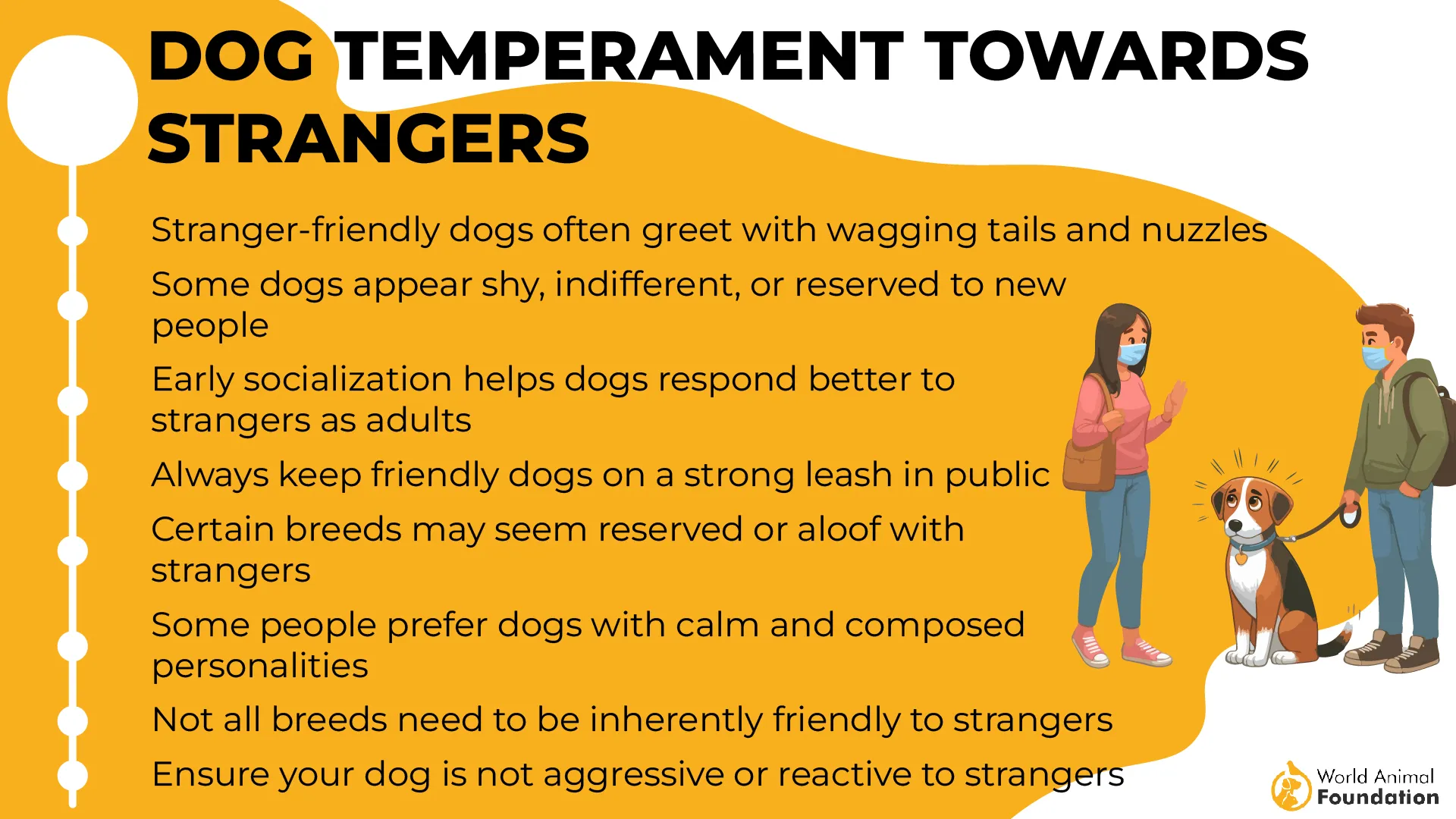
Their devotion to their owners makes them excellent family pets, but they do best with an active household that can provide regular exercise and mental stimulation.
One of the biggest considerations when owning a Sheprador is their need for exercise. These dogs are active and require daily activities to keep them happy.
6. German Shorthaired Pointer
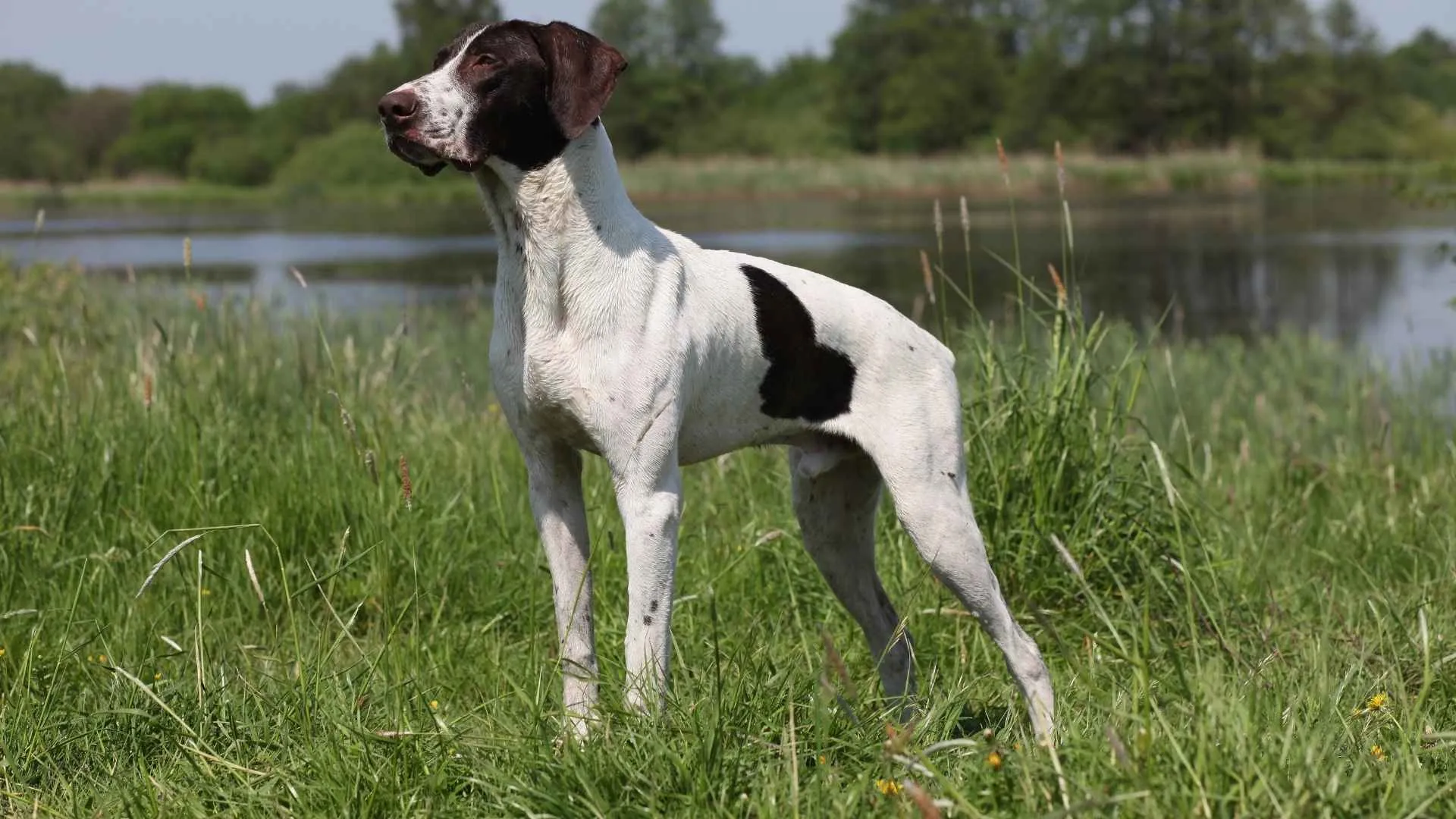
Although German Shorthaired Pointers (GSPs) are slimmer than Labs, they share the same playful, affectionate nature. These energetic hunting dogs are always ready for action, making them great companions for outdoor enthusiasts.
Unlike Labs, which can adapt well to a variety of lifestyles, GSPs require lots of exercise and mental stimulation. Without it, they can become restless and destructive. If you love Labs but want a more agile and high-energy breed, the GSP could be a great match.
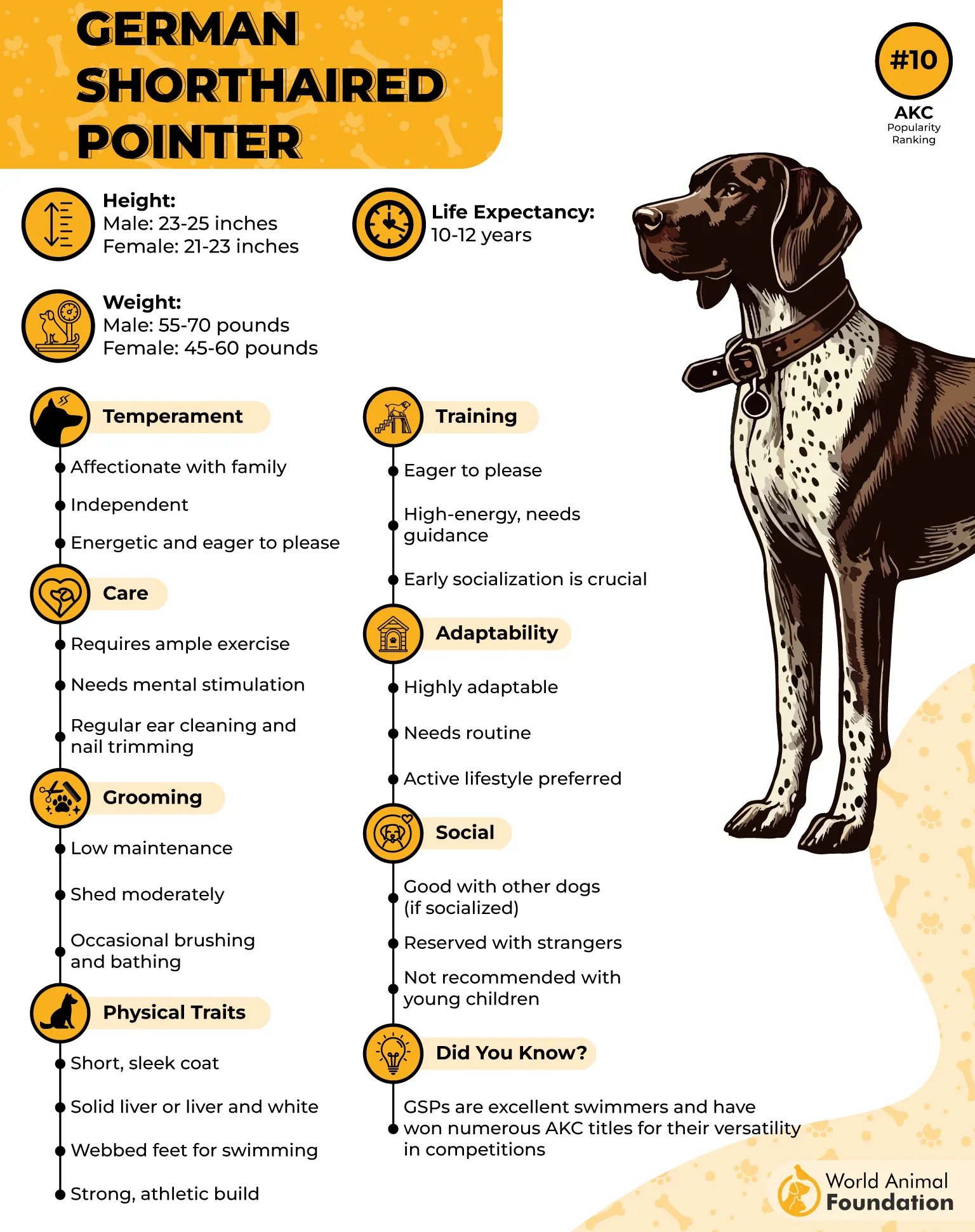
This popular dog breed also stands out due to its distinctive coat patterns, usually a mix of liver and white.
WebMD says they shed less than Labs and have a shorter coat, which may be appealing to those looking for a low-maintenance alternative.
These dogs are incredibly intelligent and excel in various dog sports such as agility, hunting trials, and obedience competitions. They love having a job to do and thrive in homes where they can stay mentally and physically engaged.
Because of their strong hunting instincts make early training and socialization crucial to ensure they interact well with other pets.
7. Bernese Mountain Dog
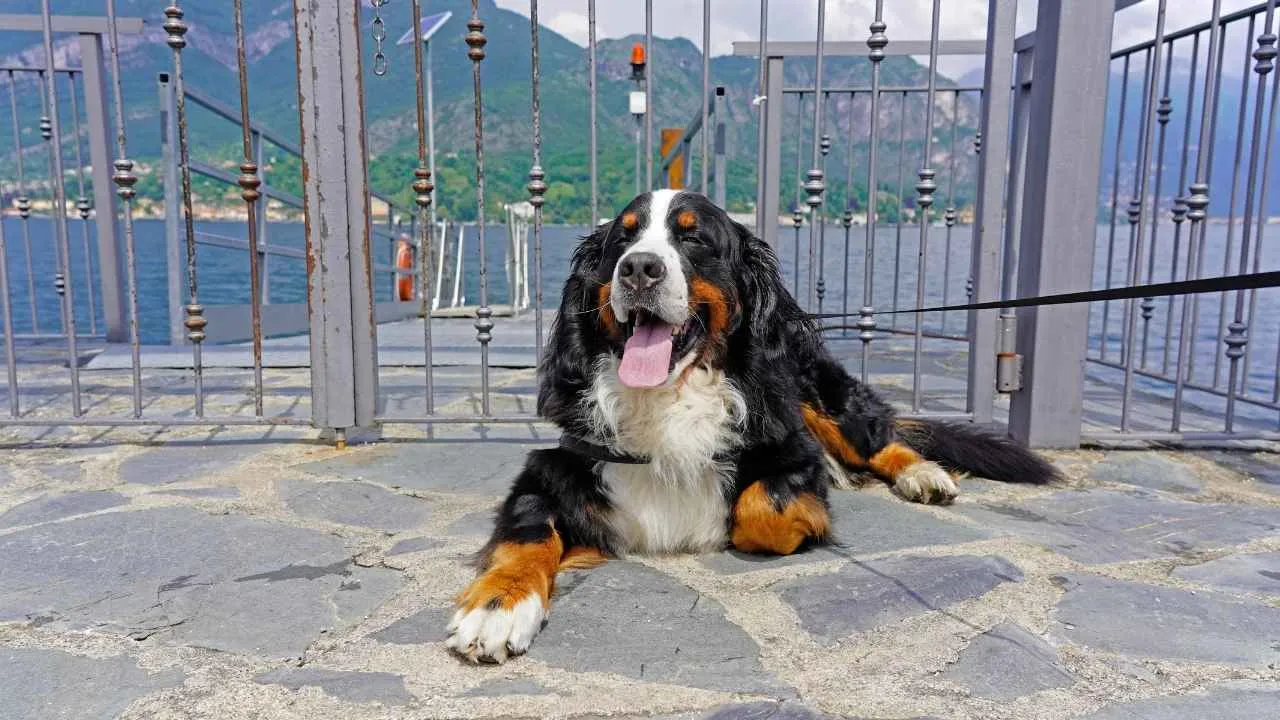
The Bernese Mountain Dog might be fluffier than a Lab, but its affectionate, gentle nature makes it a great alternative. These large, friendly dogs are known for their calm demeanor and love of companionship.
While Labs is always ready for adventure, Bernese Mountain Dogs are more laid-back. They enjoy outdoor activities but don’t have the same relentless energy as a Lab, making them better suited for relaxed homes.
One of the most distinctive traits of a Bernese Mountain Dog is its thick, tri-colored coat, which requires regular grooming to keep it healthy and tangle-free. Their thick fur makes them well-suited for colder climates, but they may struggle in warmer weather.
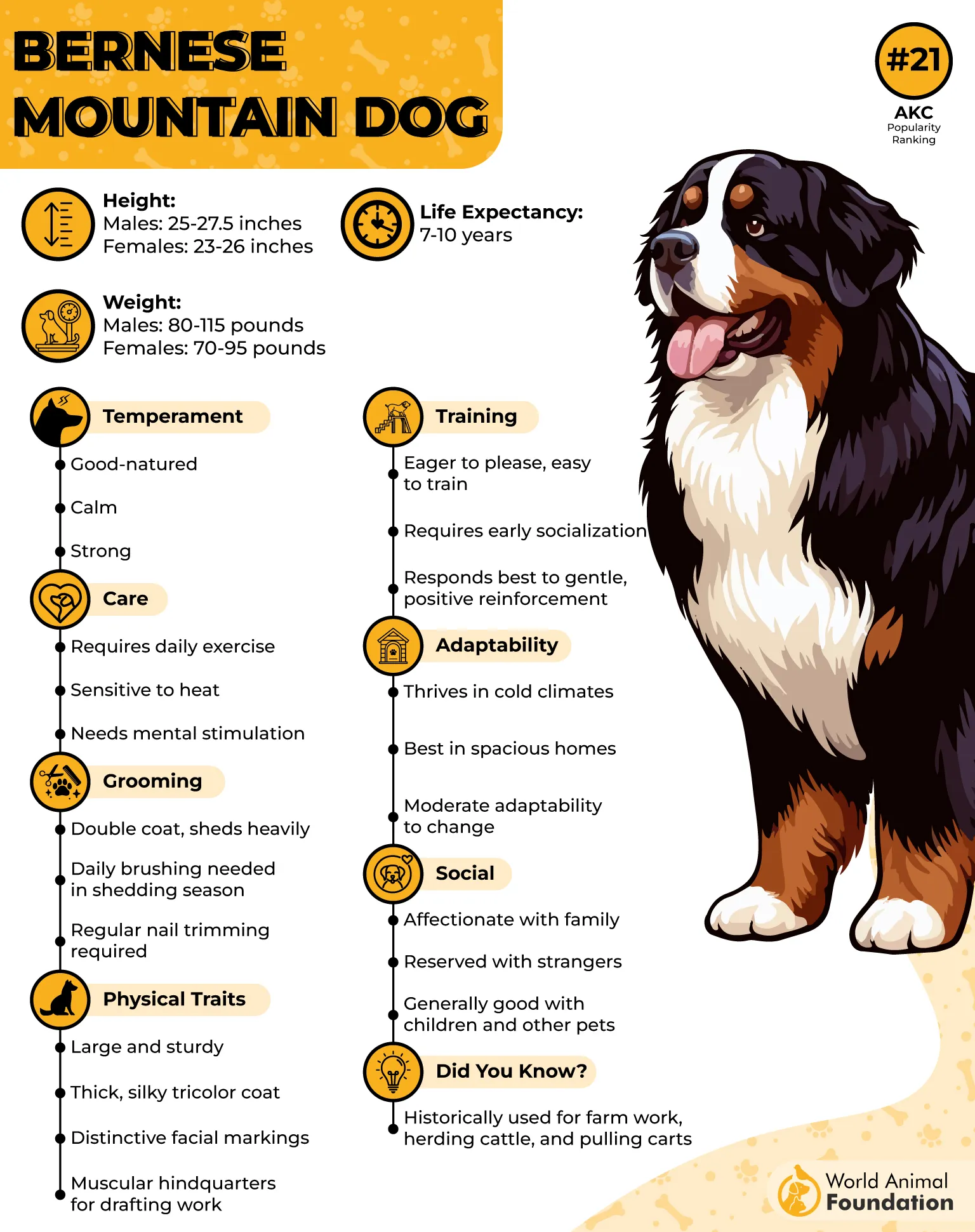
These dogs form strong bonds with their families and are known for their affectionate, loving nature. They are particularly great with children and other pets, making them an excellent choice for families looking for a gentle giant.
If you love Labs but want a bigger, fluffier dog with a more easygoing temperament and playful nature, the Bernese Mountain Dog is the right dog. They are best suited for homes that can provide them with plenty of love, companionship, and moderate exercise.
Conclusion
While nothing can truly replace a Labrador Retriever, these breeds offer similar looks and characteristics with their own unique twists. Whether you’re looking for a high-energy companion, a protective guardian, or a more laid-back version of a Lab, there’s a perfect match for you!
If you’re looking for a water-loving furry friend, breeds like the Chesapeake Bay Retriever and Curly-Coated Retriever might be a great fit. If you prefer a more protective and reserved dog, the Chessie or Sheprador could be the right choice. Cavalier king Charles spaniel, Golden retriever, Bichon frise
, Flat-coated retriever, Springer spaniel, Portuguese water dog, American water spaniel, and standard poodle are other dogs that showcase certain labrador traits.
Ultimately, no matter which breed you choose, the love, loyalty, and companionship they offer will be just as fulfilling as owning a Labrador Retriever. Do your research, spend time with different breeds, and find the perfect Lab lookalike that matches your needs!


